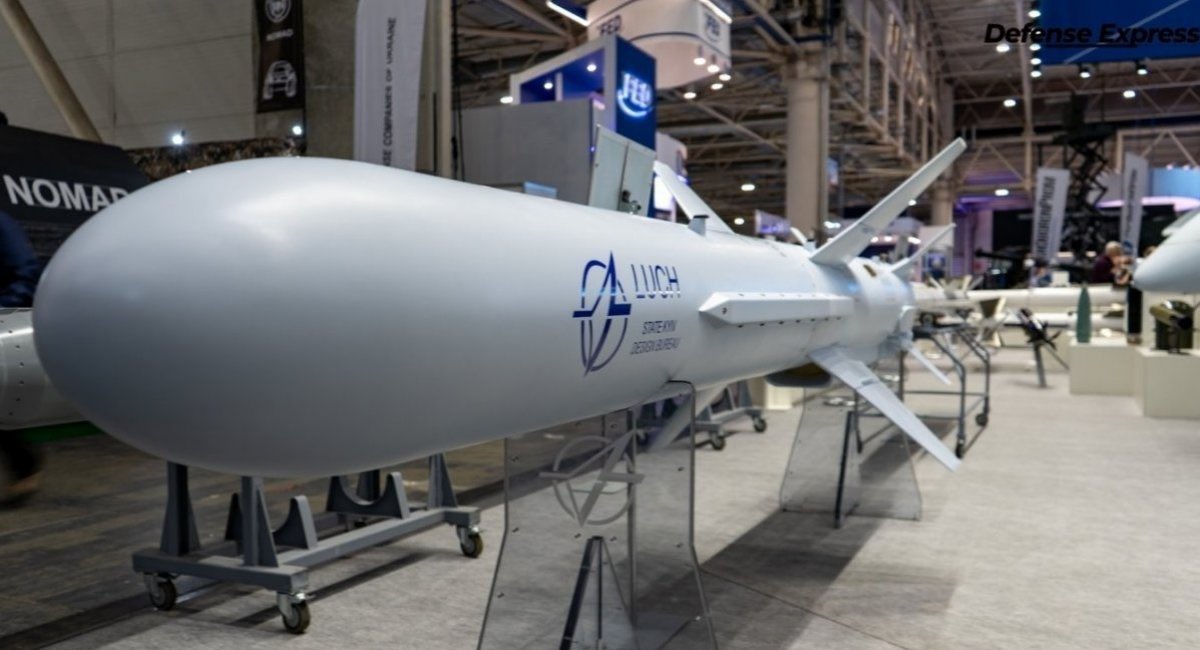Ukraine is developing a new version of the Neptune anti-ship missile (AShM) that will allow it to hit targets up to 400 kilometers — deep within Russia and far beyond the frontlines. The Neptune had already been used in August to destroy Russia’s S-400 surface-to-air missile (SAM).
76 Years Of US Air Force: USAF In ‘Bad Shape,’ Cannot Pull Off Desert Storm-Like Ops Against China – Experts
The missile’s range is currently estimated to be around 300 km (200 miles), which does give Ukraine a specific deep strike capability, but not the painful hits in the depth areas that might affect Russia’s performance on the battlefield.
Moscow has devised ways to shoot down Western projectiles like the rockets of the High Mobility Artillery Rocket System (HIMARS) or the British-French Storm Shadow/SCALP-EG.
While Russia did take initial tactical losses, it has managed to reorganize its supply lines and air Defense (AD) placements, update its SAM radar and missile software, and develop new tracking and engagement tactics to counter the systems.
But an R-360 Neptune — that sank Russia’s Black Sea Fleet’s Moskva cruiser in April 2022 — that goes beyond 300 km genuinely upsets Russia’s battlefield calculus in a way that forces it to employ more resources. Any workaround would be complicated and time-consuming, affording Ukraine the tactical advantage.
Ukraine Announces ‘Long Neptune’
Ukraine’s Deputy Defense Minister Ivan Gavriyuk made a statement to this effect. Military analysis handle ‘Tendar’ quoted him on X (formerly Twitter): “Ukraine is working on a new modification of the Neptune missile with an extended range of 400 km (versus 300 km of the anti-ship version) and increased warhead – 350 kg (versus 150 kg).”

Interestingly, Ukraine had been using the Neptune in the past to hit Russian land targets. For instance, on August 26, the Secretary of Ukraine’s National Security and Defense Council, Oleksiy Danilov, was quoted talking about the August 23 strike on the Russian S-400 air defense (AD) system in the Western part of the country.
“A new Ukrainian missile destroyed the S-400 launcher in Crimea. The missile was new. The missile was absolutely modern. Yes, this is our new product, which proved to be absolutely flawless,” Danilov said. He added that this was a project of Ukroboronprom, and the program was launched in 2020.
Repurposing Missiles
This had marked the Neptune being modified for land attack roles, in line with a common practice of repurposing ship-killing or anti-air missiles for hitting land — or vice versa.
The Harpoon 1D, the surface-to-air Standard Missile-6 (SM-6), or the Soviet-era S-125 Pechora are cases in point. In the case of Neptune, Ukraine presumably might tweak the missile’s guidance and target seeker systems in the nose section. Different seekers are used for the relevant terrain, such as land, air, and sea.
Usually, anti-ship missiles (AShM) have Radio Frequency (RF), Infrared (IR), or radar seekers, while land-attack or air-to-ground munitions (AGM) often have optical seekers. However, the exact nature of alterations to Neptune’s guidance, navigation, and propulsion system remains unknown.
Changes To Neptune Missile
Radar seekers on AShM easily identify surface ships since the surrounding water does not provide a similar radar image, and the vessel stands out. Ground targets, however, are surrounded by other buildings, trees, and terrain, with the clutter sometimes disallowing the seekers to hone in.
For sinking the Moskva in April 2022, Ukraine fired two R-360 Neptune missiles from the coastline between Nikolaev and Odessa. This was while they used a Turkish TB-2 Bayraktar drone to observe, confuse, and divert the attention of the Moskva’s crew. This was a relatively simple strike since the missile was attacking a target designed to kill and on the terrain it is meant for (sea).
But fusing the radar seeker with satellite navigation (SATNAV) helps the missile distinguish the target from the clutter for striking targets on land. Luch, the Ukrainian developer of the Neptune, had already installed a GPS terminal on the missile, making it land-attack capable from the start. The Neptune strike on the S-400 in mid-August can be concluded to have been made after this modification to the missile.
Extending the range of the 17-foot Neptune might involve raising its length by a few more feet and carrying more fuel in the extra space. This allows the missile to go longer than 300 kilometers. Some structural changes might involve repositioning the fins and the movable control surfaces to balance the flying dynamics due to the changed center of gravity.
Thus, a Neptune Mk.2 (for the lack of an official designation that incorporates the new seeker, guidance, and extended range technologies) that can strike at 300-400 kilometers puts all of Crimea and areas well behind the frontline in range.
Ukraine Goes It Alone
Ukraine’s motivation for developing long-range missiles is the reluctance from the West to donate such systems, which they fear will be used to strike deep into Russia on non-military targets. Moscow’s retaliation on the North Atlantic Treaty Organization (NATO) infrastructure will put it on the warpath with Europe and the US, which neither side desires.
For instance, the US has supplied Ukraine with the M39 Block 1 missile as a part of the Army Tactical Missile System (ATACMS), which has a range of 165 kilometers (103 miles). But it has still withheld a decision on giving the M39A1 Block I, M48 QRU, or the M57 Block IA Unitary missiles that can reach between 270 km to 300 km.
- The author can be reached at satamp@gmail.com
- Follow EurAsian Times on Google News




